With Plastic Free July upon us, we’ve put together 65 ways to reduce plastic waste at home.
It’s Plastic Free July again and if you’ve been toying with the idea of starting your own zero waste journey then now is the perfect time to do so.
If you’re just stating out, start small. Swap out your daily takeaway coffee cup and plastic water bottles for reusable ones. Use reusable cloth bags instead of plastic bags, not just at the supermarket but for all types of shopping. Try to refuse single-use items like straws, napkins and disposable cutlery.
Once these changes have become second nature consider doing a “bin audit”. This involves keeping track of what kinds of items regularly go into your bin. Audit the bin over a week and you will quickly see where your problem areas lie.
Once these have been established, look at ways to eliminate this kind of waste. Whether it’s finding a local bulk foods store to shop at, using shampoo and conditioner bars instead of bottled versions, and loose-leaf tea and a teapot instead of teabags.
While at first these habits may feel strange or arduous, before long you will view your old ways of consuming incredibly wasteful, and will enjoy discovering new and varied ways to cut back on the waste you produce.
If you’re already well on your way to living zero waste but are looking to take things up a notch, then the 64 ways to reduce plastic waste at home you will find below will surely inspire you to pick up a few new zero waste habits, whether that’s trying urban foraging for the very first time, experimenting with fermenting and preserving, or installing your very own composting toilet!
Wherever you are on your zero waste journey, know that every little change you make is one less tiny burden on the planet.
An important thing to remember…
With everything going on at the moment – the cost-of-living crisis and the seemingly endless demands of modern life –, let’s not create another rod to flagellate ourselves with. Let’s not find something else to feel guilty about. Instead, let’s look at this in a positive light.
If we are feeling guilty about the waste (and plastic waste in particular) that we are producing right now, that means we have an awareness and we are conscious of the problem.
Let’s not try and solve the world’s plastic pollution problem by taking it all on ourselves, instead, let’s try and find one thing that we are feeling guilty when it comes to striving to reduce plastic waste and start there.
Do you have a lot of plastic bread bags, with the little plastic tie? Is there a way you can solve that one problem? Perhaps by finding a bakery that sells its bread in paper bags. Or could you bring your own bag to the bakery? Or have a go at baking your own? There are lots of options.
Is the amount of plastic product bottles in the bathroom your bugbear? What are the alternatives? Could you make some of these products yourself, or buy in reusable containers? Could you use less?
Is it clothing? Is it food waste? Is it takeaway containers?
Find the one thing that really trips you up when trying to reduce plastic waste and work out what you can do to change that one thing. Once you have success with that, you will feel empowered. Then when you have that mastered, move on to the next problem and slowly make changes as they work for you.
Do you love growing food? Then find one thing that you buy that creates waste and see if you can grow it yourself. Do you love sewing? Mend a garment or make something new. Are you not really into this whole growing and DIY caper, well what business can you support that has a low waste or zero waste philosophy?
If you’re looking for inspiration then we have loads of articles, videos and podcasts that can help you prepare for Plastic Free July… and beyond!
Identify your problem area (or room in your home) and follow our 64 tips on how to reduce plastic waste. We know you can’t do “all of the things”, but even choosing one problem area to tackle can make a world of difference to the amount of waste your household produces each year.
65 ways to reduce plastic use at home
Kitchen
1. Make your own reusable bags (or at least buy a couple).
2. Compost your food scraps. If you’re limited by space and don’t have room for a compost heap or worm farm, start using a bokashi bucket.
3. Learn how to make your own dairy products like feta cheese, ice cream, butter and yoghurt.
4. If you drink cow’s milk, find a supplier of reusable milk bottles. Or get a cow! Or try these five plant-based milk recipes.
5. Learn some easy recipes to create your own food from scratch. You could try sourdough crackers and pasta, tomato passata, tortillas, rhubarb champagne, pancakes and green tomato chutney. (For a full list of our recipes see here.)
6. Start fermenting foods such as radishes, pickles, kimchi and nukazuke. Also give kombucha and kefir a go.
7. Use your vegetable scraps to make your own homemade vegetable stock and cooked bones to make bone broth.
8. Go foraging! Many so-called “weeds” are actual edible, such as dandelion, chickweed and onion weed.
9. Make your own greaseproof baking paper.
10. Swap out paper towels for cloth towels, and paper napkins for cloth napkins.
11. Swap cling wrap for beeswax wraps (or simply pop a plate over a bowl to store food in the fridge).
12. Swap teabags for a teapot and loose-leaf tea, and coffee pods for ground coffee and a French press. Or make your own dandelion tea.
13. Use glass jars to store food instead of plastic Tupperware.
14. Ditch synthetic sponges and opt for compostable dishcloths. Use these DIY broom millet scrubbing brushes instead of plastic brushes.
15. Buy dishwashing powder from a bulk foods store or buy powder in a cardboard box. Or make these homemade dishwashing tablets.
16. Line your bin with newspaper, or if you don’t deposit any food waste into your bin, let your bin go “naked”.
Bathroom
17. Reduce plastic waste by making some (or all!) of your own beauty products from scratch, like plastic free deodorant, homemade toothpaste, body scrub, shampoo, shaving soap and gardener’s hand scrub. Watch the latest video from our Simple Skills for Self-Sufficiency Series where we show you how to whip up three plastic free beauty products, and also check out Issue #14 of Pip Magazine for more plastic free beauty recipes.
18. Use shampoo and conditioner bars instead of bottled shampoo and conditioner.
19. Or wash your hair with bi-carb and water: 1 tsp of bicarb to a cup of water. Or do the no-poo challenge. It is actually possible to wash your hair without shampoo at all. It takes a few weeks to get through the transition phase but after that, miraculously your hair can do without.
20. Replace your plastic toothbrush with a bamboo one and plastic cotton buds for bamboo cotton buds.
21. Use eco-friendly dental floss that comes in a glass tube (like this one).
22. Use soap bars instead of body wash and liquid hand wash.
23. Use a shaving soap bar instead of shaving gel or foam.
24. Use a stainless steel safety razor with a changeable blade instead of disposable razors.
25. Use hankies instead of tissues.
26. Use reusable makeup rounds instead of disposable ones.
27. Use a reusable moon cup and reusable pads instead of single-use pads/tampons.
28. Find a skincare brand and makeup brand that has products in glass, paper or tin packaging.
29. Go with a company that creates recycled paper toilet paper and wraps it in paper. Who Gives a Crap not only use no plastic at all in their packaging, they are also doing lots of good in the world by donating 50% of profits to help build toilets for those in need.
30. Go cloth! There is a movement of people using “personal cloth” instead of toilet paper.
31. Install a composting toilet. We promise it’s not as scary as it sounds! A waterless toilet reuses human waste and saves valuable water.
Laundry
32. Try to keep plastic pollution out of your greywater using these methods.
33. Ditch single use cloths and plastic microfibre and make your own cotton crochet swiffers.
34. Make your own cleaning products. With just bicarbonate soda, vinegar and lemons you can keep your home sparkling clean. Or why not try making your own apple scrap vinegar to clean with? Or our delicious smelling DIY citrus cleaner recipe.
35. Make your own washing detergent with soapberries. Soapberries (or soap nuts) come from a tropical tree in the lychee family, and make a surprisingly good sud. They’re also economical and easy to use.
36. Or use coconut soap laundry powder.
37. Swap plastic pegs for stainless steel pegs.
38. Add ¼ cup of white vinegar to your final rinse cycle instead of fabric softener.
39. DIY your own stain remover with 1 tbsp baking soda, 4 tbsp dish soap and 8 tbsp hydrogen peroxide.
40. Use a reusable lint brush instead of a refillable lint brush.
Kids
41. Make your own baby food from scratch.
42. If bottle-feeding use glass baby bottles and pair these with natural rubber bottle teats, which can later be upcycled.
43. Also use natural rubber teethers and pacifiers, and a rubber bath mat.
44. When your little one graduates to a sippy cup, use a stainless steel or glass and silicone one.
45. Use regular tableware (for the brave!) or bamboo or stainless steel feeding equipment instead of plastic.
46. Give cloth nappies and wipes whirl. A huge range of pre-fold, clip-up nappies are available now in beautiful patterns and soft absorbable natural fibres.
47. Use organic olive oil instead of nappy cream.
48. Choose sustainable and ethically made wooden toys, buy toys second-hand or join a toy library.
49. Borrow books from your local library.
50. Make some DIY toys yourself. You could make a teepee using some old material or bed sheets, or try this great homemade playdough recipe.
51. Shop for larger items like bikes or cubby houses second-hand.
52. Ask friends and family to gift experiences instead of toys, such as trips to the zoo, museum or movies.
53. Choose sustainable and ethically made children’s clothing in natural fabrics like 100% cotton or wool instead of polyester, acrylic or nylon, or buy second-hand clothes. (This is a great online option.) And when clothing starts to look a little worse for wear, have a go at mending.
54. Send your kids to school with a stainless steel lunchbox and a stainless steel water bottle. Include homemade snacks like muffins, crackers, savoury slices, muesli bars, energy balls, veggie sticks and dips.
55. Upcycle odds and ends to make craft projects.
56. Repurpose your kids’ artwork into gift-wrapping paper (and recycle it afterwards).
57. Make your own recycled bunting for birthdays and celebrations instead of buying plastic decorations.
Pets
58. Use metal, tin or ceramic pet feeding and water bowls instead of plastic.
59. Use natural materials such as old woollen blankets for pet bedding. Op shops often sell “pet blankets”.
60. Choose natural materials such as sisal and wooden cat scratchers. You can buy wool, leather, coconut and feather cat and dog toys from pet shops.
61. Look for cat litter made from plant-based materials such as corn and wheat, which makes it easier to dispose of. Or opt for recycled paper litter.
62. Make your own pet food. Buy meat and bones in bulk from the butcher, wrapped in paper, and make up your own pet food in large batches that can be frozen in small meals. Check out Issue #14 of Pip for our recipe for home made pet food.
63. Grow your own chook food.
64. Check out our DIY pet-poo worm farm featured in Issue #14, which can turn pet waste into a resource for your garden. You can convert pet poo to compost, which can be used on ornamental plants and fruit trees.

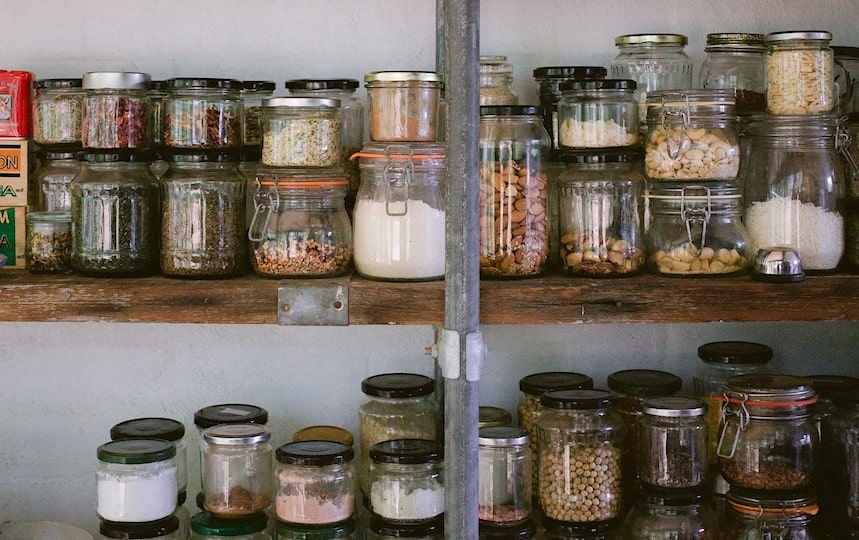
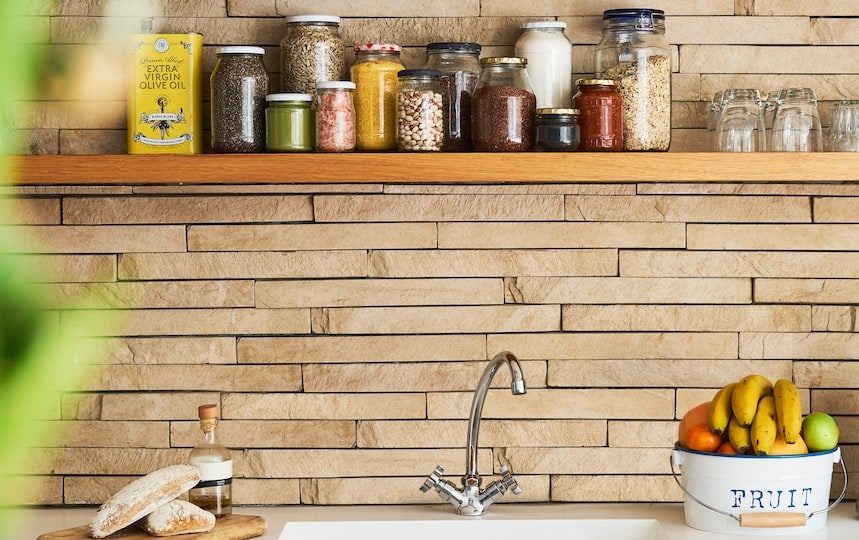
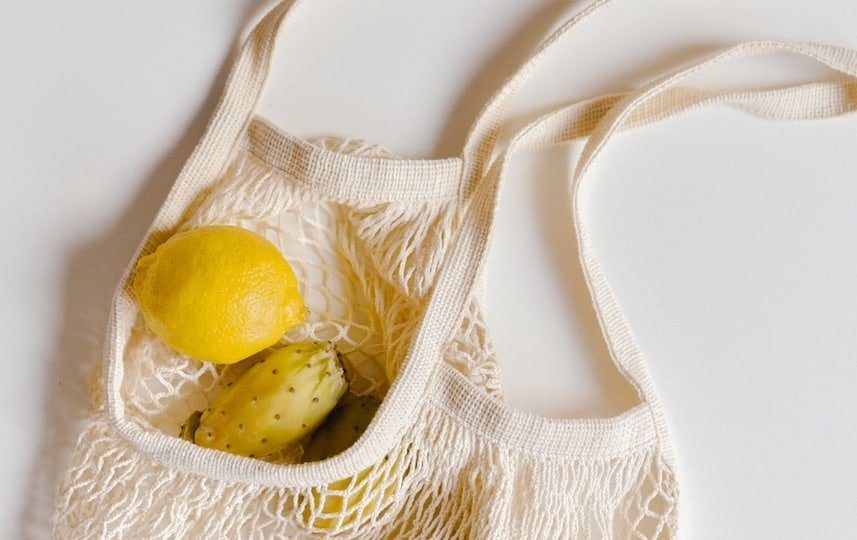
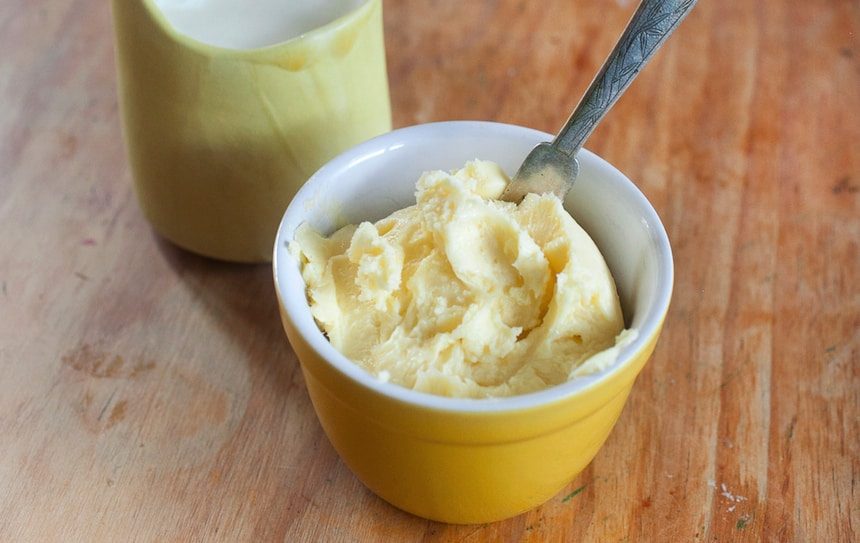
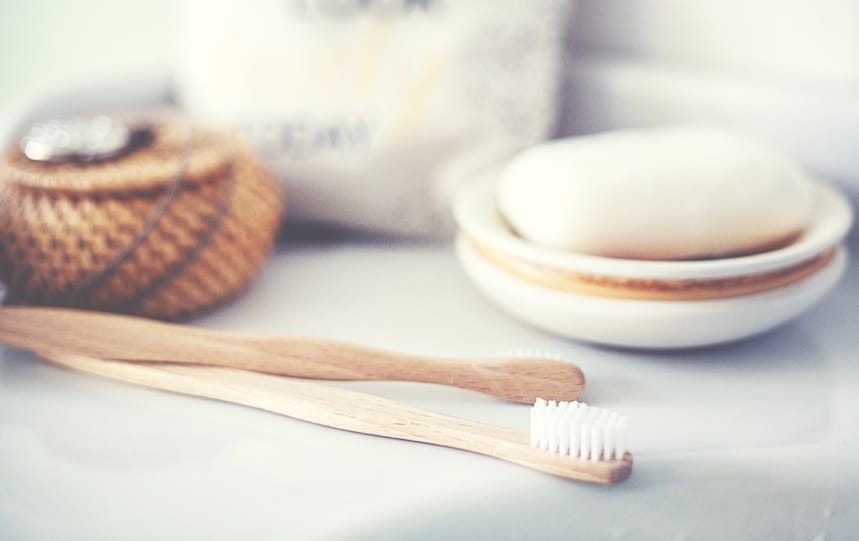
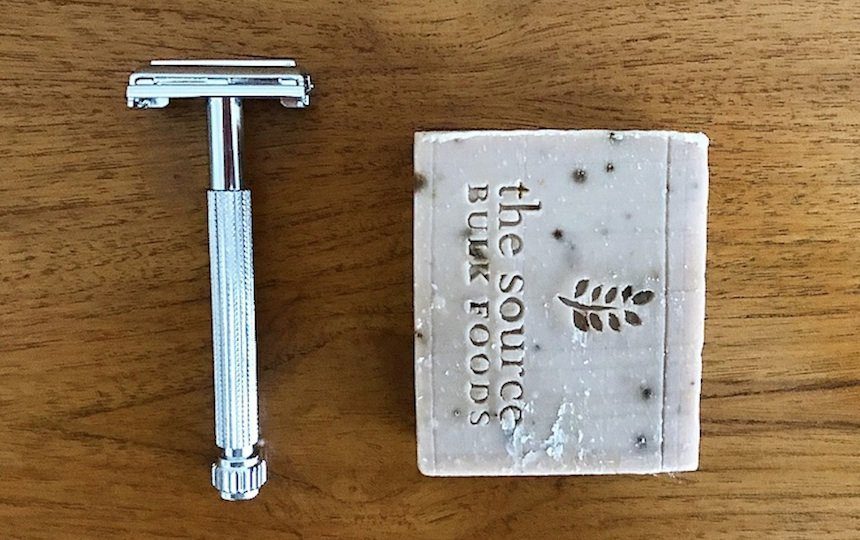
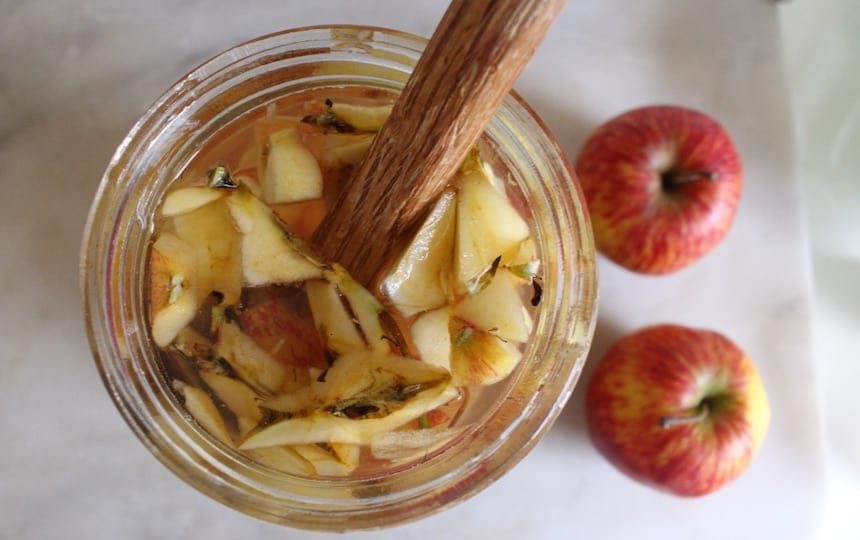
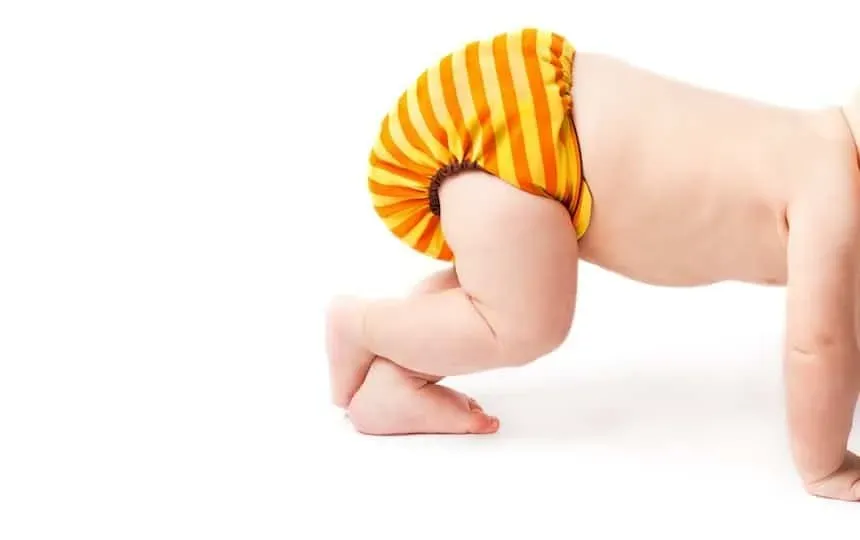
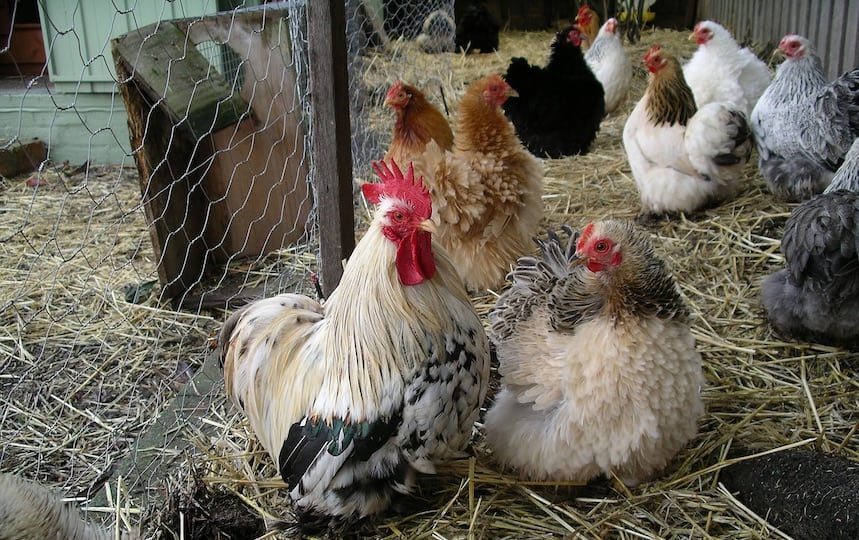
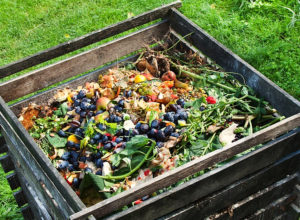
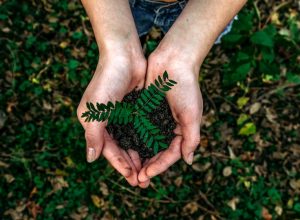
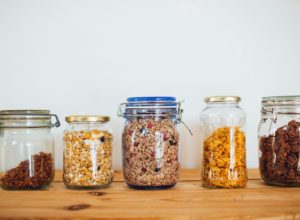
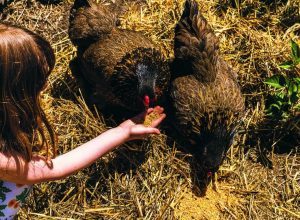




my main bug bear is that potting mixes etc come in plastic bags. since redcycle has gone there is nowhere to recycle these. also my chicken mix comes in big plastic material bags, then there is the dog and cat kibble.
making my own kibble scratch mix and potting mixes is not viable. any one got some good ideas for these?
We have an article on reusing chicken feed bags and making them into tote bags.https://grow.pipmagazine.com.au/upcycling-feedbag-totes
As for plastic potting mix bags, its a tough one. And I understand about not having the time to make it from scratch. There are some companies that use hessian or paper bags for chicken feed.